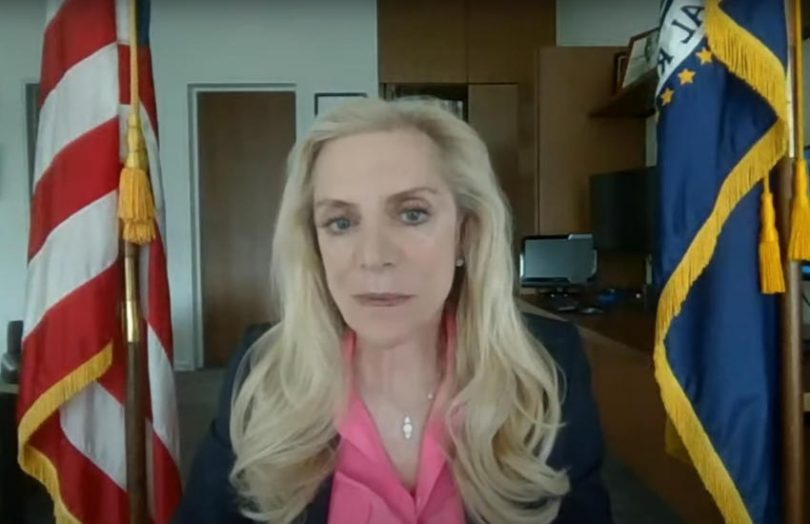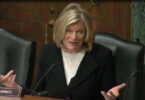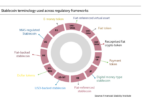During a Bank of England conference today, Lael Brainard, the Vice Chair of the U.S. Federal Reserve, spoke about financial stability and crypto-assets. She discussed cryptocurrencies, stablecoins and the need for investment in compliance.
As with other central bankers globally, she observed that currently, there are limited links to traditional finance but urged a tightening of regulatory enforcement while that’s still the case.
Brainard made an interesting point on decentralized finance (DeFi), referring to an unpublished academic paper that shows that the structure of DeFi lending makes price movements more extreme than traditional finance. When loans are automatically liquidated, the collateral is sold on decentralized exchanges (DEXs). And the prices from one exchange are then fed via an averaged oracle to other DEXs, ultimately impacting prices on centralized exchanges.
Crypto-asset regulation
On the crypto front, Brainard emphasized that where there’s the same risk, the same regulation applies. Hence there’s a need to ensure that cryptocurrency isn’t allowed to fall into any regulatory gaps.
Secondly, she observed that currently, crypto trading and lending platforms don’t adhere to the same level of regulation as traditional finance. And they have a habit of mixing activities that wouldn’t be allowed in conventional markets.
“Some platforms combine market infrastructure and client facilitation with risk-taking businesses like asset creation, proprietary trading, venture capital, and lending,” observed Brainard.
Additionally, many crypto firms don’t enforce anti-money laundering compliance. In a separate part of her talk, Brainard questioned whether all of the reduced costs resulted from technological efficiencies or whether a significant portion of savings was from avoiding investing in risk management and compliance.
Her final point on cryptocurrency was the need to address regulatory gaps. For example, the same rules apply to decentralized finance (DeFi), but the lack of a conventional management structure makes enforcement trickier, which needs to be addressed. However, she didn’t elaborate on how.
Stablecoins
Brainard then moved on to stablecoins. “Well-regulated stablecoins might bring additional competition to payments, but they introduce other risks,” she said. The Vice Chair is concerned about walled gardens, payment fragmentation and the risk of monopolies, highlighting that there is already a three-way oligopoly (Tether, USDC, Binance USD). There’s a concern that it will become more concentrated, escalating risk.
She also suggested that a CBDC could play a role in interoperability between stablecoins.
Brainard concluded, “It is important that the foundations for sound regulation of the crypto financial system be established now before the crypto ecosystem becomes so large or interconnected that it might pose risks to the stability of the broader financial system.”







